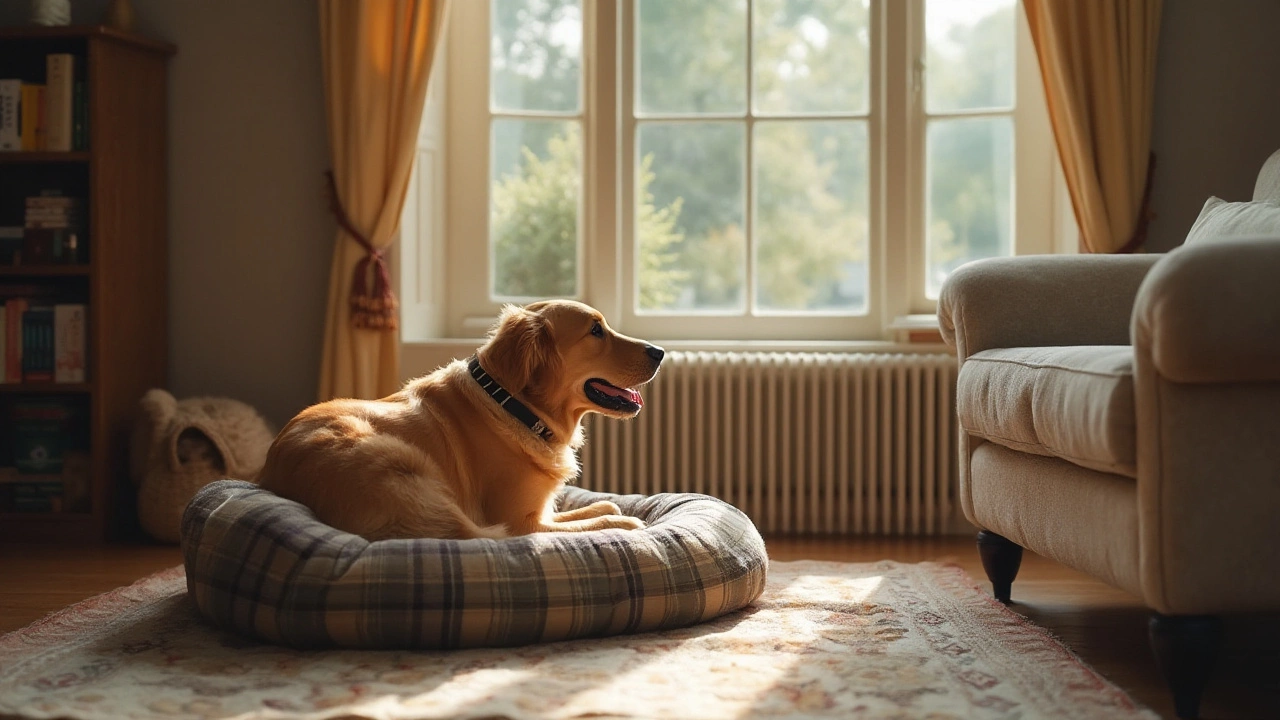Dog Anxiety: Spot the Signs, Calm Your Pup, and Keep Stress at Bay
Ever notice your dog trembling, pacing, or hiding when you leave the house? Those are classic red flags of anxiety. It’s more common than you think, and the good news is you can help your dog feel safe again with a few easy steps.
What Anxiety Looks Like in Dogs
Dogs show stress in many ways. Some of the most obvious signs include:
- Persistent barking or whining, especially when you’re about to go out.
- Destructive chewing or digging as a way to release nervous energy.
- Shaking, drooling, or a slick, pale tongue even when it’s not hot.
- Hiding under furniture, refusing to eat, or panting for no obvious reason.
Simple Ways to Calm an Anxious Dog
First, create a predictable routine. Dogs thrive on consistency, so feed, walk, and play at the same times each day. A steady schedule tells them that the world is stable.
Next, give them a safe spot. A crate, a quiet corner with a comfy blanket, or a designated “den” can become a retreat where your dog feels protected. Adding a piece of your clothing can provide a familiar scent that soothes nerves.
Exercise is another powerful tool. A tired dog is less likely to fuss. Short, frequent walks or a quick game of fetch can burn off excess energy that might otherwise turn into nervous behavior.
For moments when you have to leave, try a “stay‑calm” departure routine: give a treat, say a brief goodbye, and leave without a lot of fanfare. Over time, your dog learns that departures aren’t dramatic events.
Lastly, consider calming aids. A slow‑release pheromone diffuser, calming music, or a gentle massage can lower heart rate. If anxiety is severe, talk to your vet about possible supplements or medication.
Remember, progress can be slow. Celebrate tiny victories, like a shorter bout of barking or a calmer welcome home. Consistency and patience are your best allies.
Dog anxiety doesn’t have to ruin your relationship. By watching for warning signs, establishing routines, and using calm‑inducing tricks, you’ll help your furry friend feel safe and confident. Keep an eye on their behavior, and don’t hesitate to ask a professional for help when needed. Your dog will thank you with wagging tails and relaxed snuggles.
- Morgan Ainsworth
- 0 Comments
Exploring the Efficacy of Calming Collars for Dogs
Calming collars for dogs are marketed as a solution for reducing anxiety and stress in canines. Pet owners often seek these collars with hopes of easing behaviors like excessive barking or restlessness. But do they genuinely work, or are they just another gimmick? This article delves into the science behind calming collars, reviews their benefits and limitations, and offers helpful tips for addressing dog anxiety.
View More
